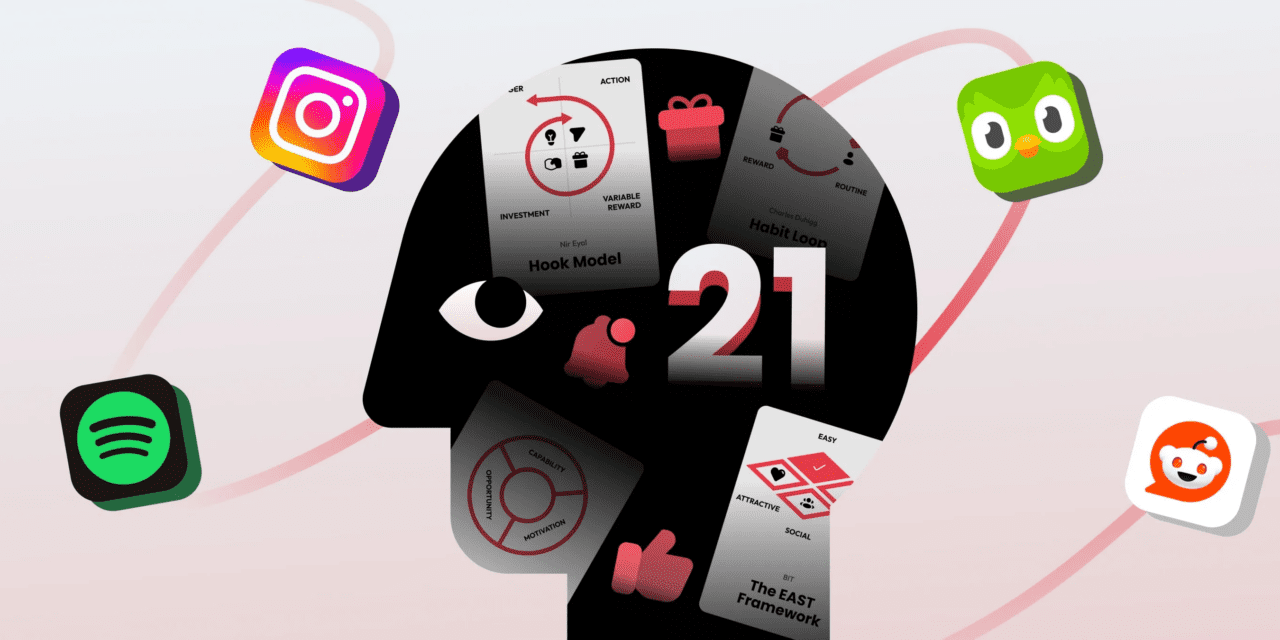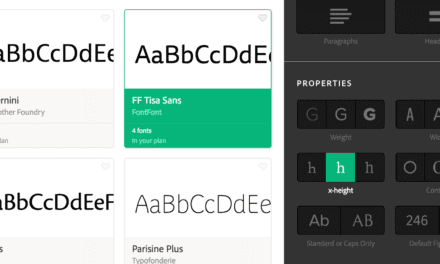ARTICLE SUMMARY: It is important for designers to discover and develop sustainable and ethical strategies that maximize user engagement without exploitation..
Rather than relying on exploitative shortcuts, focusing on ethical engagement encourages teams to think more creatively and find innovative ways to meet user needs. This drives meaningful improvements to products and services that in the long run will lead to better solutions that improve user satisfaction.
“21 UX strategies to maximize user engagement without exploitation” by Taras Bakusevych looks to help you avoid designing using dark patterns or manipulative tactics that could damage your reputation. He looks at
- Behavioral design frameworks
- Finding patterns and commonalities
- Creating effective triggers
We need to be careful not to break trust with our target audience. Once users sense they’re being manipulated, trust is eroded, which can cause long-term damage to a brand’s reputation. Ethical UX strategies, on the other hand, foster trust and promote long-term loyalty.
We want to prioritize user well-being and engagement through transparent and fair practices that align with modern consumer values that will help companies build a positive and socially responsible image. Ethical user engagement strategies lead to higher-quality interactions that will in turn lead to users who genuinely enjoy and find value in a product or service and will be more likely to make repeat purchases, refer others, and provide valuable feedback.
By prioritizing user engagement without exploitation, businesses can achieve a balance between commercial goals and ethical responsibility, creating a product that users love and trust while maintaining integrity.
This article is well worth reading and a great resource to have in your design tool box.
Let us know what you think in the comments.




